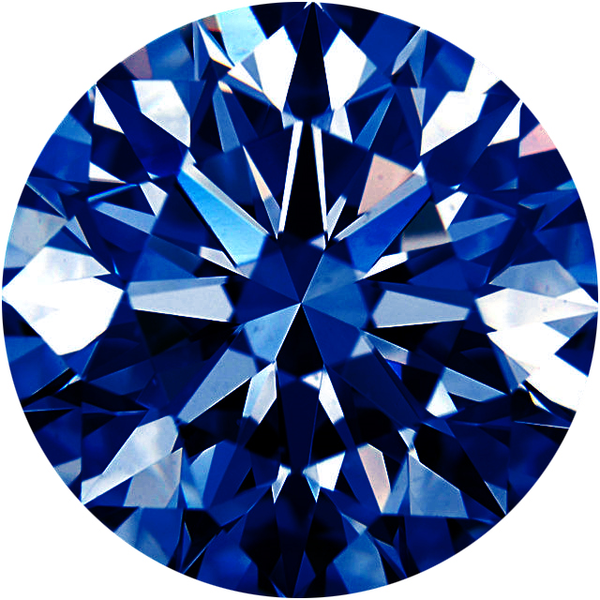


Kyanite’s name draws from the Greek word for cyan, kyanos.

It’s usually known as large, bladed crystals but it can also be found as small individual crystals of deep blue color. Its defining feature is that the hardness of the mineral varies depending on the angle you approach it compared to the angle of the crystal’s growth. Kyanite is one of the weirder minerals out there. Lapis is a lot more complex than it appears at first glance, but it’s well worth gaining knowledge about it. It’s been used in most types of artwork at one time or another and it continues to be used to this day, while still hailing from the regions where it was originally discovered. Lapis’ provenance and beauty have kept it in close association with humanity for a long time. The whole stone is complex, which leads to the rather stark contrast between crumbly, low-grade material and high-end lapis lazuli which is very solid and almost entirely the rich blue the material is known for. It’s a complex conglomerate of white calcite, combined with the ultramarine lazurite and flecks of pyrite in many cases. Lapis is actually a rock rather than a pure mineral. The stone mainly hails from the Middle East, with particularly high-grade deposits coming out of Afghanistan. It was highly prized among the ancient Egyptians as an inlay material, a precious stone in its own right, and even as a dye or paint. Lapis is the longest-running of them, being found in ancient artifacts that are millennia-old. There are, perhaps, three ultra-famous blue stones.


 0 kommentar(er)
0 kommentar(er)
